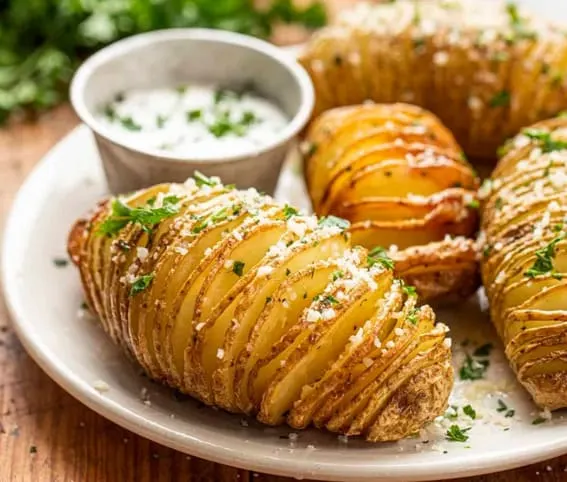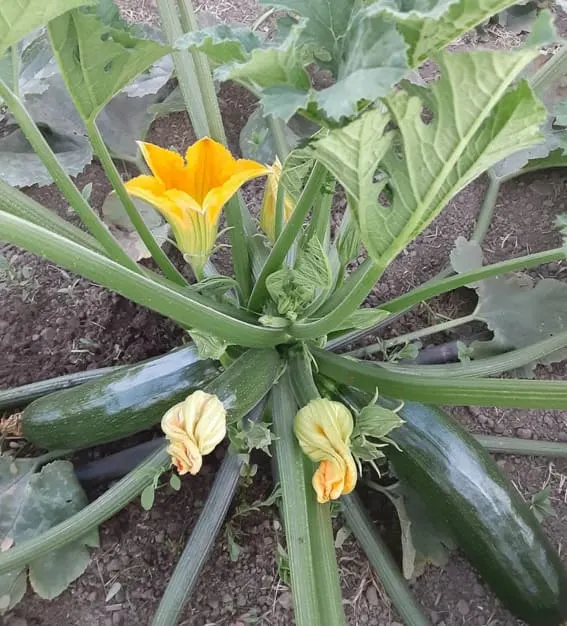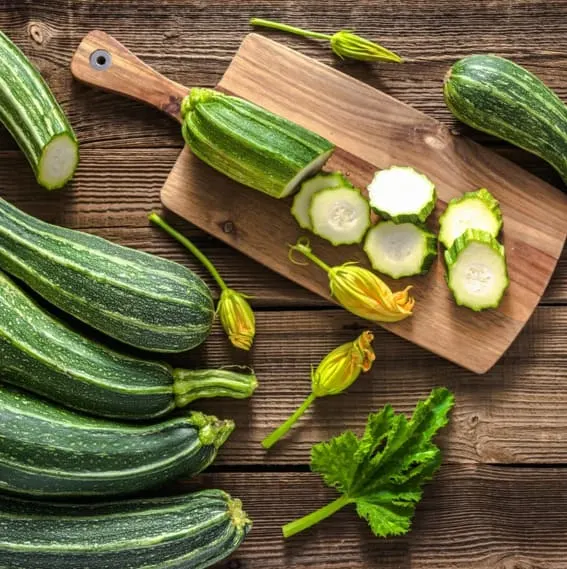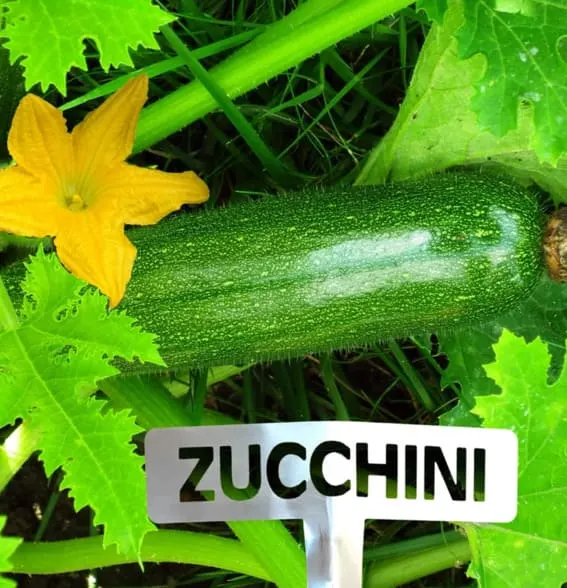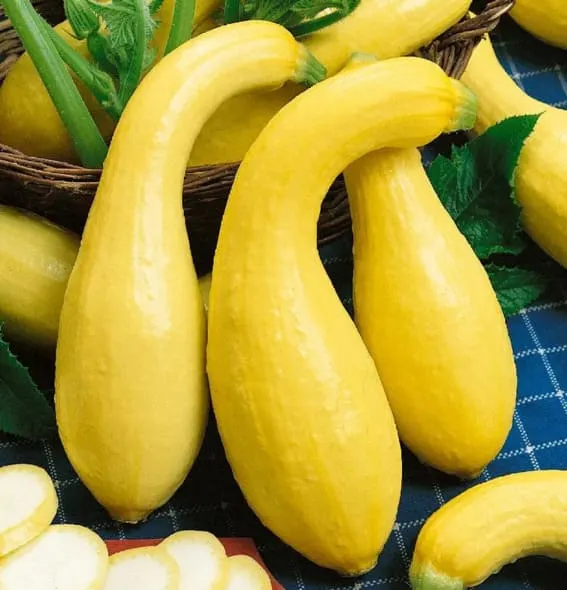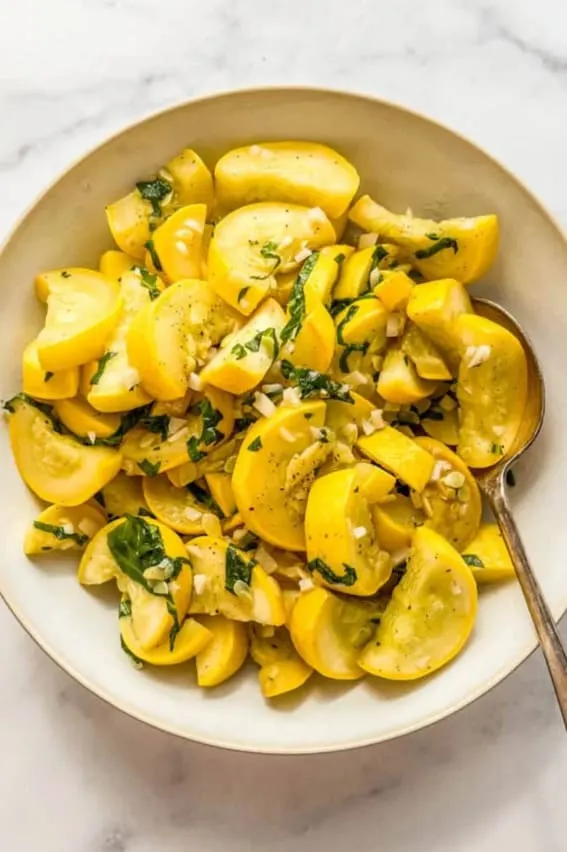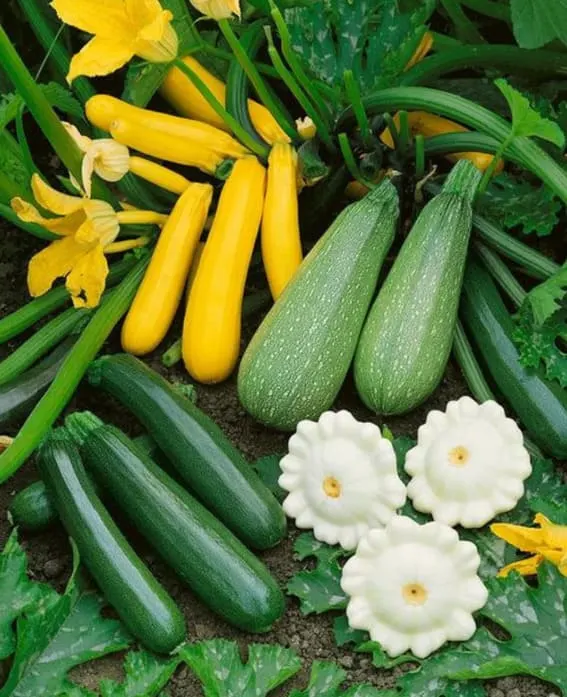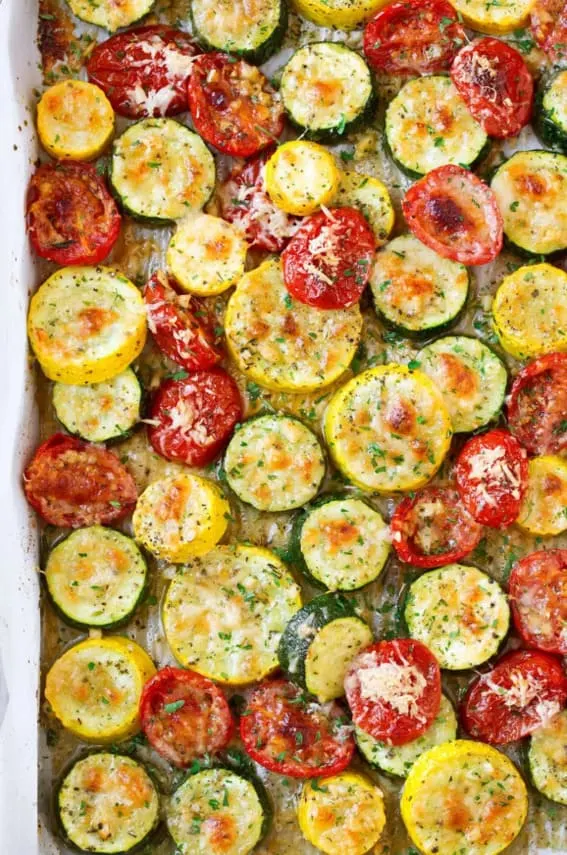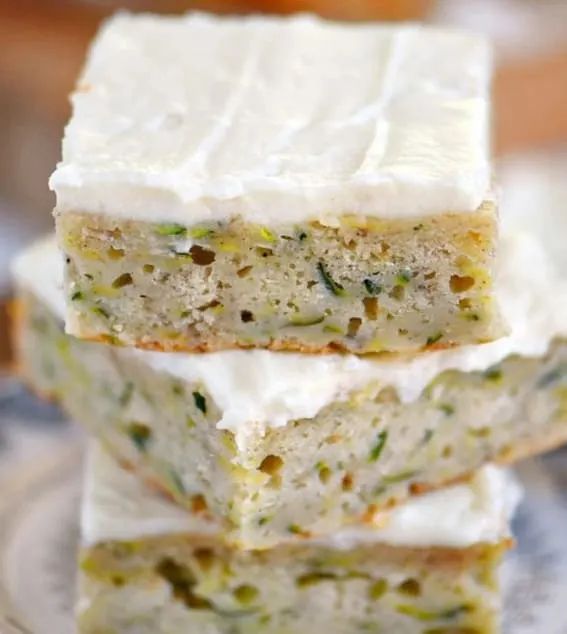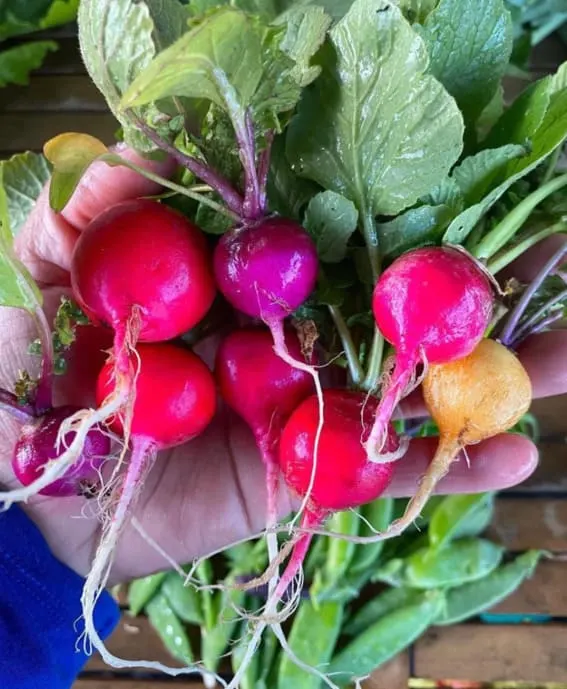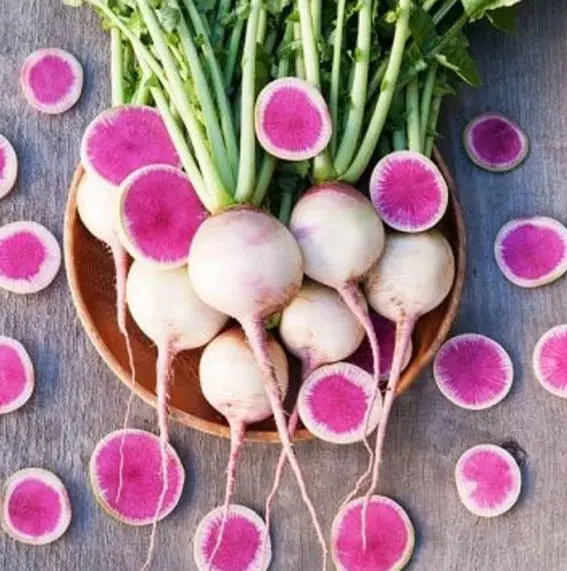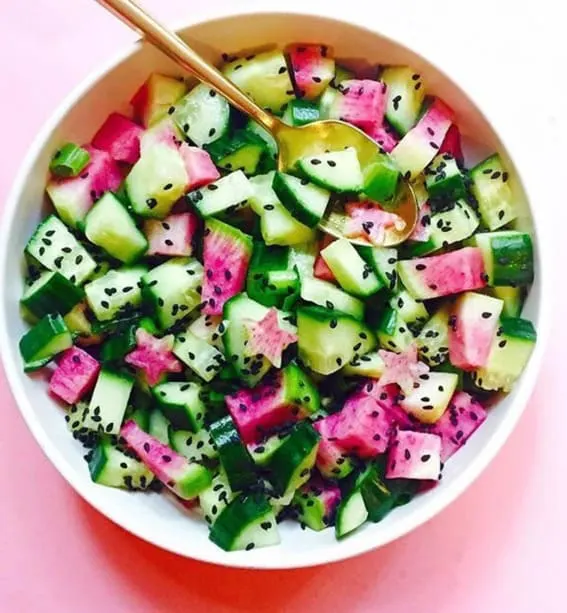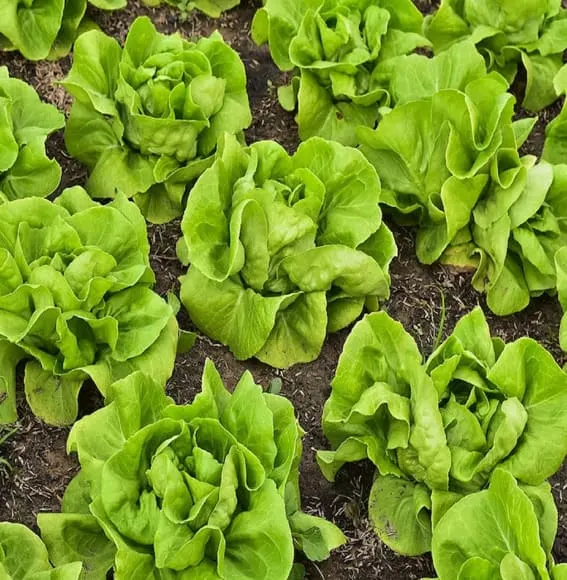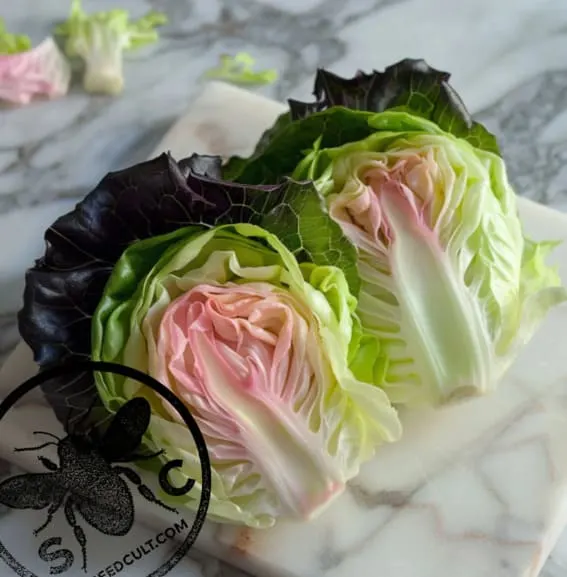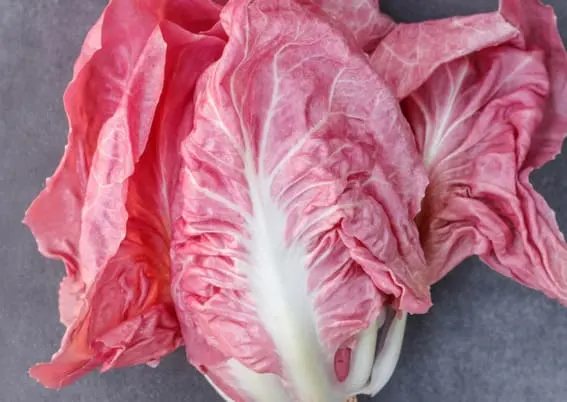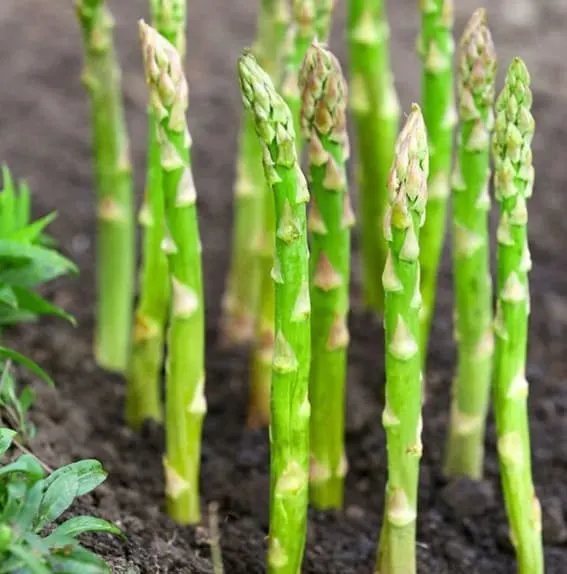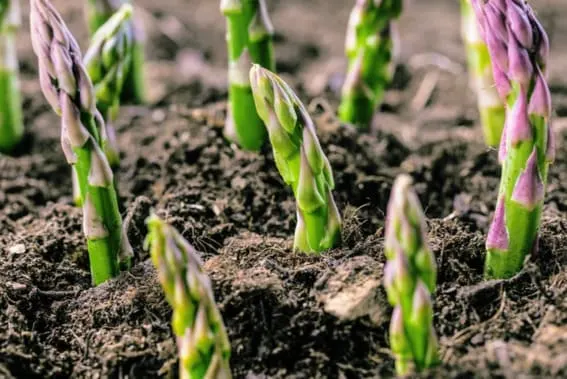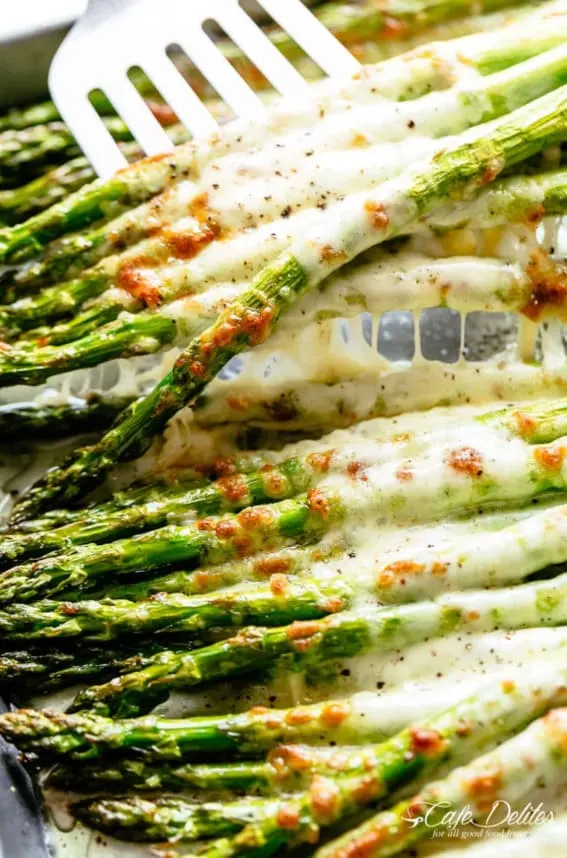Easy Vegetables to Grow for Beginners: Take a peek at our top seven easiest vegetables to grow for beginners!
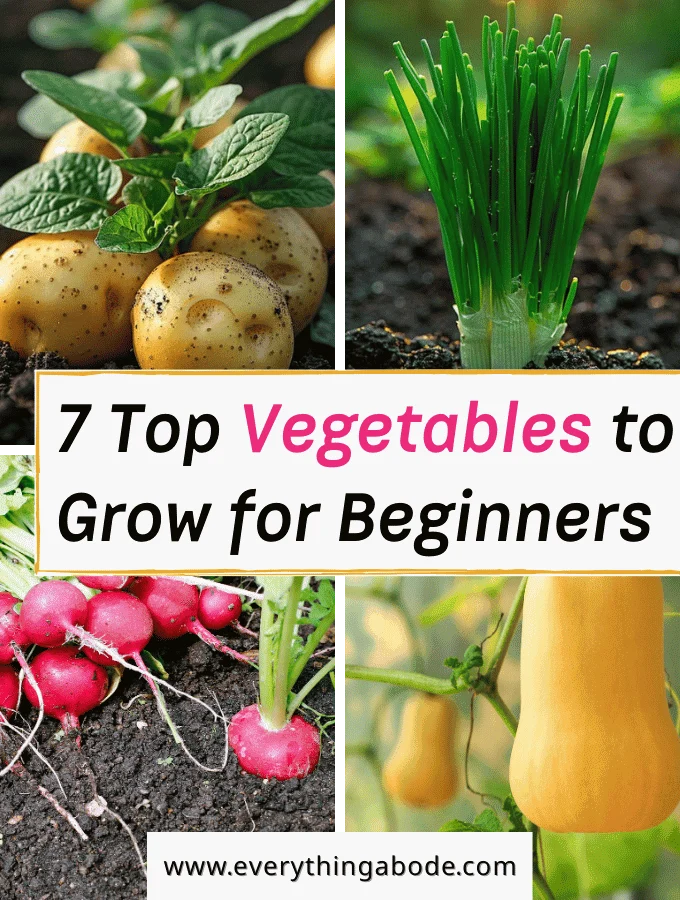
Preparing a garden full of fresh fruits and vegetables can seem complicated if you are beginning to get your fingers dirty.
However, do not worry, as plenty of veggies tolerate the novice gardener and provide the satisfying experience of gardening-to-table in a brief growing season.
From the snappy crunch of radishes to the delicate leaves of lettuce, these plants are selected for their ease of growing, quick harvest time, and robustness in diverse conditions.
Starting with these vegetables will allow you to experience the natural flavor of your work.
And there’s nothing as delicious as the taste of a fresh fruit or vegetable taken from the soil you grew and harvested.
If the delicate twirls of asparagus signal the start of spring or the abundant zucchini that appears to spill out of your garden bed, every plant comes with distinct enjoyments and obstacles.
In this guide, we’ll show you how to grow a wide variety of vegetables suitable for beginners in gardening.
You’ll learn to plant and care for these vegetables and fruits and how to gather and maximize their use.
With perseverance and care, your garden will grow, creating an ideal setting for exploring food.
So, roll up your sleeves, put on your gardening gloves, and get ready to transform your outside space into a gallery full of delicious veggies.
SIMILAR: 16 Common Tomato Plant Problems & How To Fix Them
7 Extremely Easy Garden Vegetables to Grow for Beginners
All of our veggies are shoppable! Just click the image to buy these easy veggies to grow in your very own garden!
1. Chives
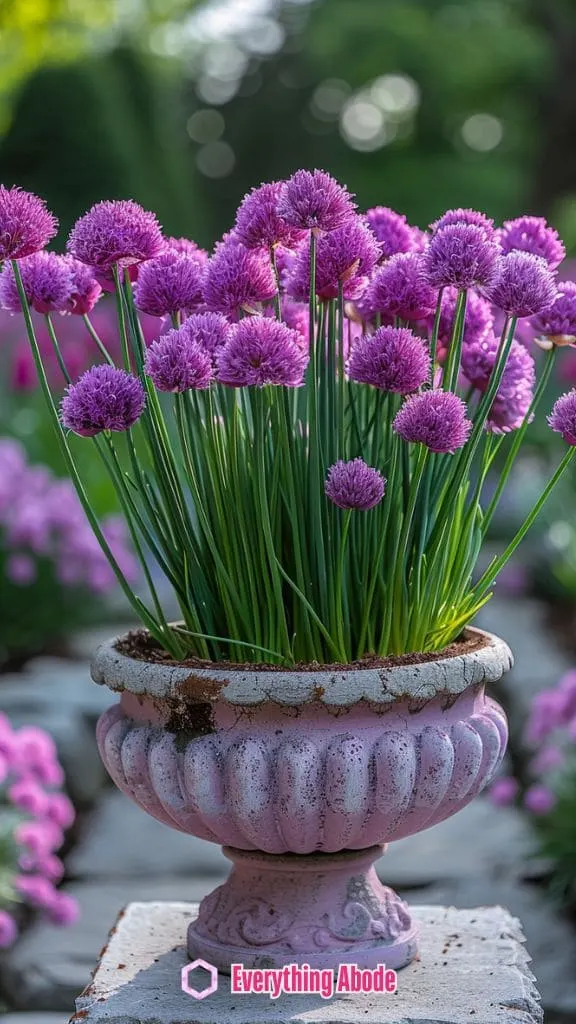
Chives, with their mild onion flavor and gorgeous violet flowers, are tasty on the palate and gorgeous growing in your garden.
This perennial herb is also a cousin of the onion. Its hollow grass-like leaves are very tender and fragrant.
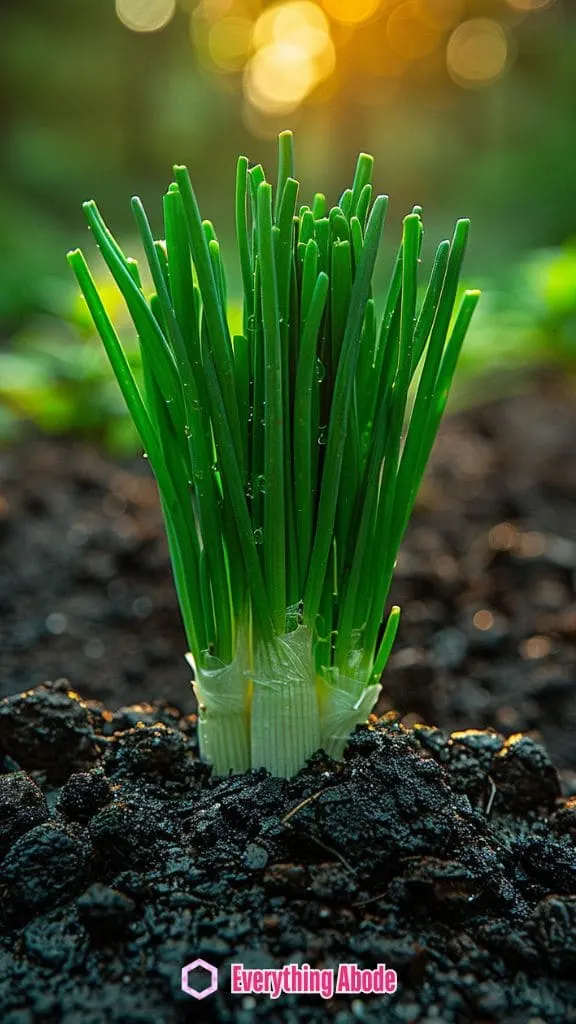
Growing Conditions:
Chives do not require much effort to grow, even if you plant them in complete shade.
They thrive in fertile, well-drained soil. They’re resistant to cold temperatures and can withstand mild frosts, making them a good choice for various climates.

Tips for Planting Chives:
Plant chive seeds or divide existing plants in the early spring when planting your other spring plants after the frost subsides.
Place them 8-12 inches apart, allowing each plant adequate sunshine and air circulation. Chives are great for borders in the garden or as a bright accessory to pots of flowers.
Treatment:
Chives are easy to maintain but require regular watering and cutting to encourage vigorous growth.
You can cut the flower if you prefer a more robust flavor within the leaf.
It is also possible to leave a few in the gardens to attract pollinators and give the garden a splash of color.
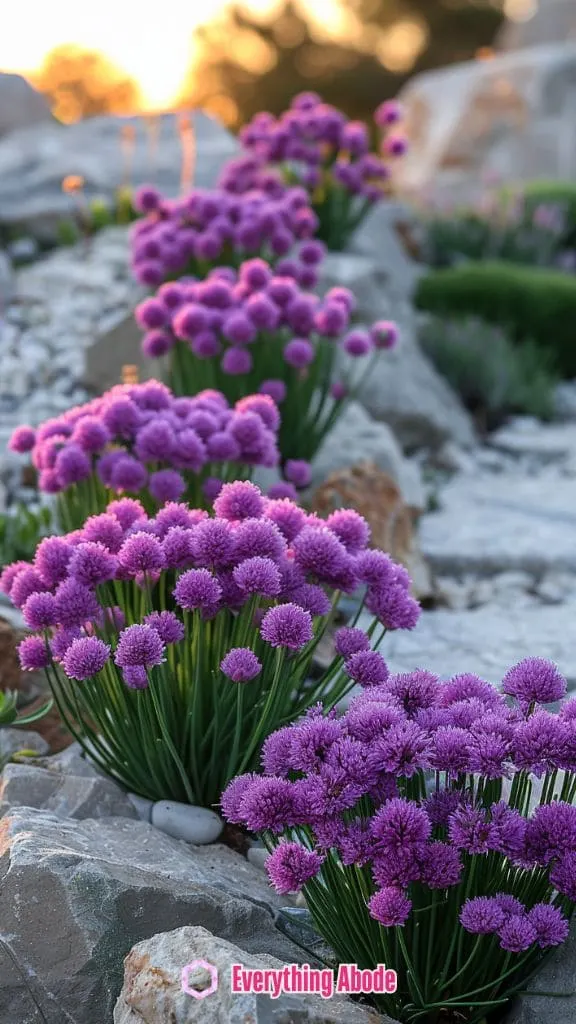
Common Pests and Diseases:
Chives are relatively non-pest-friendly. However, you should be on the lookout for Aphids. A powerful water or insecticidal soap application typically keeps these pests in check.
Harvesting Chives:
Chive leaves should be harvested according to need by cutting them off at the base. Collect them in the early morning when the oily essentials are at their highest to get the most fresh taste. Don’t be shy—regular harvesting encourages growth!
Following these easy tips, new gardeners can easily add chives to their gardens and appreciate their culinary versatility and decorative appeal.
2. Potatoes
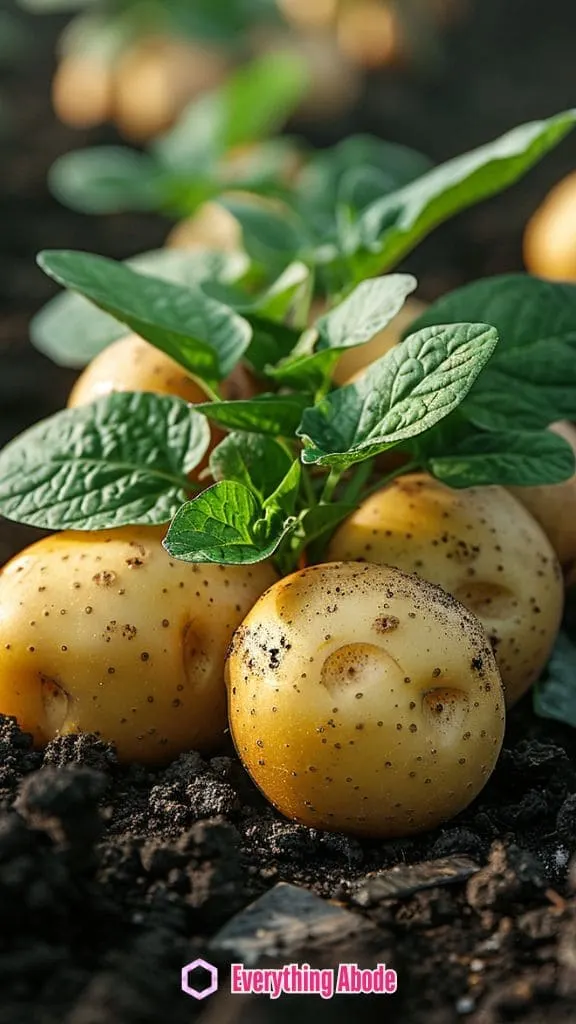
The potato, one of the hidden gems that make up the central garden’s jewels, can also be a very lucrative crop for novice gardeners due to its ease of cultivation and the exciting treasure hunt feeling that comes with harvest.
These beauties also offer delicious flavors and flexibility, making them a preferred choice in beginner gardens and kitchens worldwide.
Conditions for growing potatoes:
Potatoes require cool temperatures and well-drained soil. They also need constant water, especially when they’re beginning to develop tubers.
To maximize yield, select a place in your yard that is wholly sun-filled.
Tips for Planting:
Start with certified seed potatoes and plant them 2 inches thick and 12 inches wide in rows.
Sloping the soil around plants throughout their growth will ensure that the growing tubers aren’t exposed to direct sunlight, which can cause them to turn green and poisonous.
Potatoe Treatment:
Keep your potato plants hydrated throughout the growing season, especially during tuber growth.
Mulching is a great way to hold soil moisture and reduce weeds. Fertilize using a low-nitrogen fertilizer with a high potassium content to encourage tuber growth instead of leaf growth.
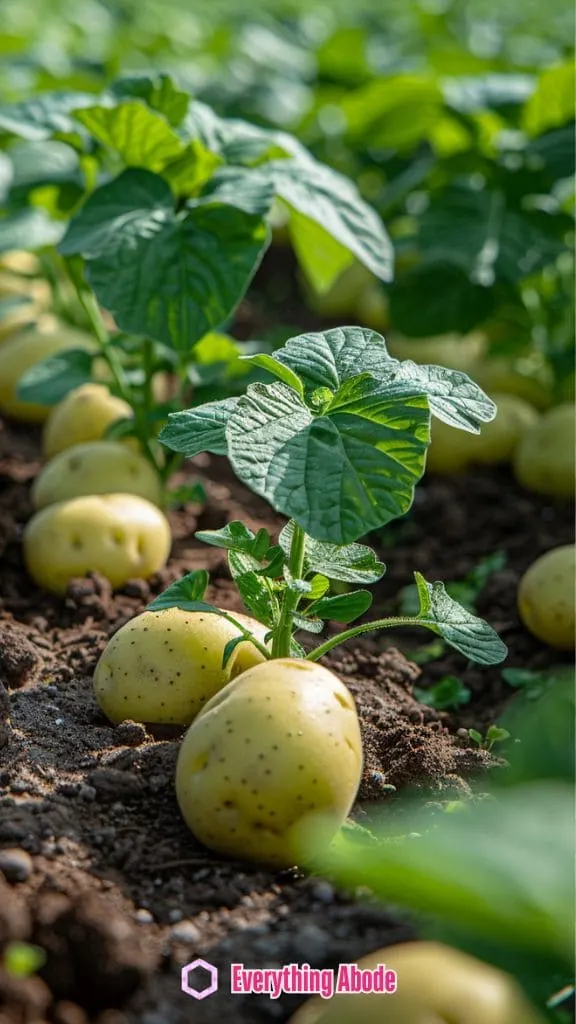
Common Pests/Diseases:
Keep an eye out for potato beetles. They are easily removed. To avoid fungal infections, rotate your potatoes and don’t water your plants from overhead to keep the leaves dry.
Harvesting Potatoes:
They are ready to be harvested after the tops of the plants have died down.
Use a fork to slowly lift potatoes off the soil, taking care not to cut them. To toughen the skin, keep them in a dry location before storing them in a cool dark space.
Experience the pleasure of digging up potatoes you have grown yourself and relish the unique, rich flavor that only comes from your backyard garden.
3. Zucchini
Zucchini is an all-time beloved garden staple renowned for its vigorous growth and large yield.
The summer zucchini variety is healthy and adaptable, with a mild taste, making it an excellent option for various recipes.
Conditions for Growth:
Zucchini loves sunlight and requires rich, warm soil to grow healthy.
It is also wise and highly recommended that zucchini be planted in an area with at least 6-8 hours of sunlight daily. This will yield very large and juicy zucchini.
Tips for planting Zucchini seeds:
Sow directly into the soil following the final frost. Space them between two and three feet apart to accommodate the zucchini’s sprawl.
Planting them in mounds to aid in aeration and warming is also possible.
Maintainance:
The plants of Zucchini require regular watering, especially once the fruit starts to grow.
Ensure you water the plants in the middle to stop the leaves from becoming wet, which can cause mildew.
Mulch helps retain soil moisture and limit the growth of weeds.
Common Pests and Diseases:
The squash bug and the squash vine borer are regular pests. Planning your garden at the right time and using physical barriers can help you swiftly monitor larvae and eggs and eliminate pests.
Harvesting:
For the best flavor and texture, choose zucchini when the plants are small to medium-sized, between 6 and 8 inches long.
A regular harvest stimulates the plant to produce more prominent and more fruits.
As you can tell, growing zucchini is an enjoyable experience for anyone starting to grow vegetables and offers a fascinating glimpse at the garden’s bounty.
You can enjoy your zucchini bounty by consuming sauces, salads, and baked goods!
4. Squash
Squash provides a vibrant pattern to your garden and adds a delicious texture and taste to your dining table.
These beautiful ribbed beauties are as attractive to the eye as they are to the palate.
Growing conditions:
Like their lotus cousin zucchini, Striped squash thrives in moist, well-drained soil. It also requires a sunny location within the gardens.
Squash enjoys fertile, nutritious soil and plenty of sunlight to encourage healthy development.
Gardening tips:
Plant the seeds directly in hilly areas or raised beds after the risk of frost has gone, sowing them one inch deep in the soil.
Give enough space between the plants, as squash can grow quite large.
Maintenance:
Regular watering is vital, particularly in dry periods.
However, avoid getting water on your leaves to lower the risk of your squash plant dying.
Adding mulch can also aid the soil in keeping moisture and prevent weeds from growing.
Common Pests and Diseases:
Squash can be vulnerable to pests like vine borers, cucumber bugs, and powdery mildew.
To reduce the risk of problems, check your plants frequently and rotate the crop.
Harvesting
Harvest the squash while tender and young, usually around 6-8 inches long. Frequent harvesting encourages the plants to produce fruit throughout the entire season.
Squash is a testimony to the variety and enjoyment that gardening at home can bring.
Use their refreshing, mild flavor in various recipes, from grilling side dishes to nourishing main dishes and even desserts!
5. Radishes
Radishes are the bright jewels of the vegetable world, with their crisp, spicy taste, sweet flavor, and crisp texture.
They are available in various hues, from red to deep purple, even golden. They add instant color to your table or garden.
Grow Conditions:
Radishes are cold-season plants that like sunny sites and well-drained, rich soil. They’re durable and tend to overgrow, making them a good choice for new gardeners.
Guidelines for Planting:
Sow radish seeds directly into the garden, around half an inch deep and 1 inch apart.
Reduce the size of the seedlings to approximately 2 inches so that they can develop their bulb into a round or elongated bulb.
Maintenance:
Water consistently to keep the soil moist but not dripping with water. Radishes require minimal maintenance; however, keep an eye on the weeds.
Just remember that weeds compete with the radishes in nutrients and could slow their development.
Common Diseases and Pests:
Radishes are a magnet for insects like flea beetles or root maggots.
To avoid these, you can use rows of covers or grow radishes with other plants, such as peas and lettuce, to repel pests.
Harvesting:
Radishes multiply and grow fast. Many varieties are ready for harvest within 3-4 weeks!
They should be around 1 inch wide when harvested for the best flavor and texture.
6. Lettuce
With its delicate, wavy leaves, lettuce is one of the most popular choices for beginner gardeners looking for fresh, locally grown vegetables.
It comes in a wide range of textures and colors, making it a pleasant and delicious addition to any dish.
Growing Conditions:
Lettuce thrives best in warmer climates and is resistant to the occasional frost.
Plant it in a fertile, loose soil that holds in the water. It is an ideal plant to grow in the shade, as it helps to stop it from bolting (going to seeds) too quickly in hot temperatures.
Tips for planting:
Sow the lettuce seeds thinly, about one-quarter-inch deep. Ensure the soil is moist until the seeds start sprouting.
The harvesting process can begin when the leaves are large enough for you to consume! Moreover, doing this will help the plant produce more.
Maintenance:
Keep the soil moist but not too wet. Lettuce’s shallow roots make it ideal for using mulch to preserve the soil’s humidity and temperature.
To ensure the best growth, fertilize it using a water-soluble, balanced fertilizer; that way, you can consume it without making you sick.
Common Pests and Diseases:
Just remember that the taste of lettuce attracts slugs and aphids. To ensure that your lettuce stays healthy, use natural pest control techniques such as neem oil to fight aphids and be on the lookout for slugs.
Harvesting:
The ideal time to pick lettuce leaves is when they are only a few inches high. Keep head lettuce in the fridge until it is firm and hard; then, you can cut the lettuce after the leaves are moist and firm.
Lettuce is an essential element for the novice gardener. It provides a harvest lasting throughout the growing season, bringing the most nutritious and delicious food.
7. Asparagus
Asparagus is a perennial favorite that, when established, can yield tender spears each spring for a very long time.
They are also known for their slim edible shoots, indicating the garden’s rebirth every year.
Growth Conditions:
Asparagus prefers complete sunlight and well-drained soil.
It’s a long-lasting crop, so it’s recommended to prepare permanent soil ahead of time with plenty of organic matter to ensure its growth throughout the years.
Gardening tips:
In the early spring months, plant one-year-old crowns in a twelve-inch-long and six-inch-deep trench, spacing them about 18 inches apart. Fill the trench with soil and water thoroughly.
Treatment:
Keep the bed free of weeds; they can challenge the spears by making them slowly grow. Cover the plants with mulch if you can to retain moisture, and for bonus points, include compost to feed the plants every spring.
Common Pests/Diseases:
Asparagus beetles are an issue; you should pick them out if you see them. Fusarium wilt is a disease to watch out for, so ensure adequate air circulation to prevent it as well.
Harvesting:
The first two years following planting leave the plants to develop without harvesting them.
In the third year, you can begin harvesting spears over four weeks when they are 6-8 inches in height. However, whatever you decide is totally up to you!
Growing asparagus requires patience; however, the satisfaction of fresh spears every spring is well worth it.
It’s a gift from the garden that keeps on giving.
There you have it!
As you already know, if you are going to plant a garden and are a beginner or novice gardener, try these 7 vegetables to start with.
Once you get the hang of it, you’ll be well on your way to cultivating that dream garden oasis we know you can create.
Now, if you need help growing fruit, read about the best fruit plants you can grow indoors!
UP NEXT: 6 MORE EASY Garden Vegetables To Grow, Even If You’re A Beginner
Author: Everything Abode
Welcome to Everything Abode, your daily inspiration for every activity at home!
Our goal is to inspire you to live an elegant and chic lifestyle from the comfort of your home.
We’ll help you express yourself through authentic style, aesthetic beauty, and stylish home decor.
Tall Garden Phlox: A Beautiful and Easy-to-Care-For Perennial Plant
15 Enchanting Cottage Core Garden Ideas to Transform Your Outdoor Space
30+ Best Rock Garden Ideas You Should Try Today
6 Easy Vegetables That Grow on a Trellis
14 Cute Miniature Dwarf Vegetables & Fruit Plants For Tiny Gardens
6 EASY Garden Vegetables to Grow, Even If You're a Beginner
Subscribe to Get the Tools That Make My Blog Successful!

When you join my newsletter, I'm going to send you insider advice and tools that I use to grow my blog! I only save the BEST for my email list so don't wait!

